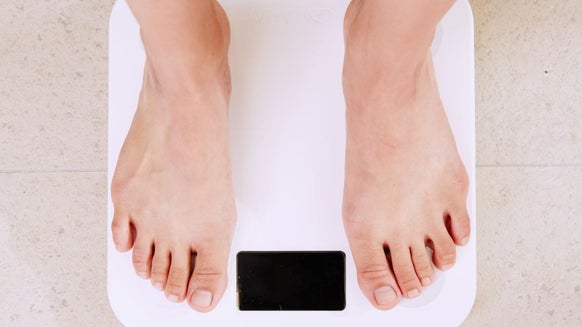
So, you can finally cover a decent distance, but are struggling to get a sub-30 minute 5K? If you’re feeling comfortable with a certain distance, then it’s only natural that you want to do it a little faster next time.
Whatever your time or distance goals, there’s more to running than, well… simply running. Here’s some factors to think about to increase your running pace and improve your time, as well as your fitness.
1. Optimise Your Cadence
Cadence, more familiar with cyclists, is the number of steps (or pedal strokes) you take per minute. According to dietitian, personal trainer and triathlete, Chrissy Carroll, “Elite runners have been shown to have an optimal cadence around 180 steps per minute — but your optimal cadence can vary. It’s an individualised metric, affected by weight, height, limb length, terrain, and other factors.”
You can calculate your current cadence by counting the number of steps you take on your right foot for a 30 second time frame. Double this number to get the steps for both feet, then double it again to get your steps per minute.
Chrissy suggests that, “If your cadence falls under 170 steps per minute, it might be good to work on this. Rather than aim for the elite standard of 180 steps per minute, take your current cadence and add 5-10%. For example, if your current cadence was 155 steps per minute, you’d aim to run about 163-170 steps per minute.”
If it feels a little tough to run at this rate, don’t worry — that’s completely normal. Your body is used to the cadence that came naturally to you. To help stay on pace, try using a metronome app or running to songs with a quick beat.
Find out more about Chrissy and her nutrition and training programmes on her
2. Stride Length
The goal is to take the furthest stride between steps that you can but remain comfortable and within the optimal 180 steps per minute cadence bracket. You don’t want to strain too much as over striding is a typical root cause of injuries. Start small, find your stride, be comfortable.
Concentrate on consistency, lifting your knees and bringing your foot to the floor so it lands around mid-foot with hip, knee, ankle and toes all aligned. Simply find your rhythm and keep your eyes out for how other faster or more experienced runners stride.
3. Set Goals
Running requires dedication and small improvements over time. Chrissy says, “As much as you might want to work on increasing your pace immediately, you're better off starting slowly and building an aerobic base first.”
“By running (or using a combination of running and walking) for 3-4 days each week, you'll start to see improvements in how long and how far you can run. Once you get to running around 30 minutes straight comfortably, that would be a good time to start working on increasing pace.”
So, once you’re comfortable, switch it up. Try having a goal set for the end of each week, whether it’s to knock a few seconds off your 5k time, or to have a steadier pace throughout.
4. Don’t Skip
Like with anything new, sticking with a regular running routine will create a long term habit. If you're running a few days each week, try to keep up that schedule for a month or two without skipping your planned workouts. After a bit of time, you'll notice it's much easier to follow that plan — and you'll likely see your pace start to increase!
Chrissy says, “Find the best time for you to run that falls in line with your schedule and energy levels. Are you an early bird that prefers knocking out that workout before the day gets in your way? Set the alarm and get it done. Are you a night owl that enjoys an evening gym session to de-stress? Hit up the treadmill after work.”
5. Recover Well Between Sessions
Rest, hydration and nutrition are just as important as the running you’ll be doing. You want to recover as quickly and fully as possible after a run. To do that, Chrissy suggests that you should “Make sure you eat or drink something within 30-60 minutes of running. After a long run, you'll want to aim for a 3:1 to 4:1 carbohydrate to protein ratio. After a short run, you don't need to worry too much about the specific breakdown - just aim for a snack that has both carbohydrates and protein.”
You can check out some post-workout nutrition ideas here.
Take Home Message
Who knew there are so many things you can do to switch up your running pace? The most important thing is to listen to your body — push it as hard as you can, but learn when to slow down and recover too. Master one change at a time and watch your pace increase tenfold.








